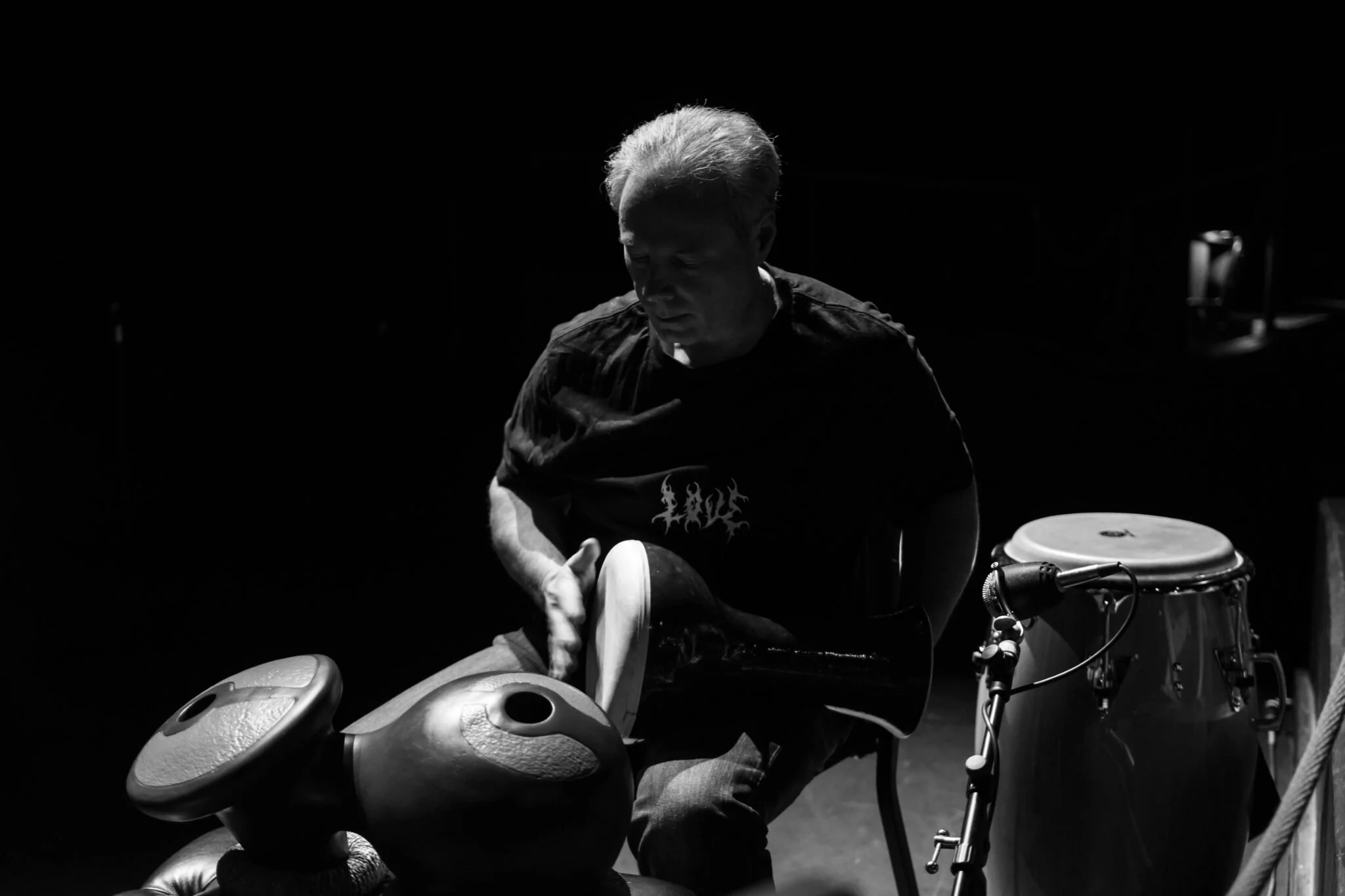What are you Doing?
Rich playing darbouka in a Led Zeppelin show
I’d like all readers to start by taking a minute to read the title of this post (What Are You Doing?) eight ways:
- For the first four ways, say them as if you are genuinely interested in an action you’re viewing that looks cool, and sincerely want to know the answer – emphasize a different word in the sentence each time;
- For the next four, say them as if you’re angry due to an action you’re viewing or learning about, and again, emphasize a different word in the sentence each time.
As you will notice, each of those eight versions – using the same four words – creates a different meaning or emotion.
I’m using this post to recommend you take considerable time for, and give serious consideration to, the multiple answers to this question that you then come up with.
Why? Because it’s been one heckuva year. And forget the pandemic. I’m talking about how people have treated other people.
One of my favorite statements to make during public presentations is “the arts make us human.” But what is it that I mean when I say that?
The arts make us think.
The arts make us feel.
The arts bring us joy.
The arts inform our knowledge of history.
The arts bring new technologies to the world.
The arts teach us the value of hard work.
The arts allow us to relive memories.
The arts indulge our curiosity.
The arts inspire.
The arts can be uncomfortable.
The arts help develop empathy.
The arts create community.
So, what is it you are doing with your art to get people to think, to feel, to be inspired, to invent something new, to be uncomfortable, to deliver joy, to be part of a community?
Being an artist is about how and why you touch people’s lives, even if it’s one person. Even if that’s yourself, in the process of art-making.
Poet Amanda Gorman
FULL DISCLOSURE: I’m more than happy to admit I’m a hippie at heart. I’m just a little too young to have been part of that movement in the 1960s, yet was happy to embrace it throughout the 1970s. While my hair styles and fashion choices often became more business-appropriate after that, the way I think and do my best to act have continued throughout all these decades.
Here are two slides from my public presentation when I interviewed for my position at NC State University:
Regardless of how I described my leadership experience and approaches, or what I suggested about how the future of the arts at NC State might unfold, I wanted them to know who I am at heart.
My wife likes to say that my personal philosophy is “peace, love, and show up to the gig on time.”
And she’s right.
I take my responsibilities very seriously, while aiming to promote peace and love in all that I do.
So, how have people treated people this past year? All too often – horribly. Disgracefully. Disgustingly. Criminally. With disrespect. With hate.
I believe we, as artists, have a responsibility to tell the truth through our artistry and other actions (heck, shouldn’t everyone have that responsibility?). But because our work typically is put in front of the public to get them to think and feel, it can be argued that the importance of our truth-telling is heightened.
When I began sketching out this post a few days ago, I learned of a heart-breaking – maddening, really – situation involving composer/performer/all-round brilliant person Daniel Bernard Roumain. He had been commissioned by the Tulsa Opera to compose an aria, using any words of his choice. When he sent his completed work to them, they decommissioned him. Why? Because his text was telling the truth about the horrific race riots of 1921. It was making them think. It was making them feel. It was informing them about history. It made them uncomfortable. It was ART. And they decommissioned him for it.
Even more maddening (disgusting, criminal), and which was my impetus to write this post, we are seeing and hearing about awful Asian and Asian-American hate crimes. Add those horrific events and Xiaojie Tan and the other lives lost to the list of brutal and needless killings over the past year: Ahmaud Arbery, George Floyd, Breonna Taylor, Atatiana Jefferson, Brian Sicknick…too many to name.
And last night the shooting in Boulder. I’m in tears while I type this.
The great American conductor, composer, and teacher Leonard Bernstein said:
This will be our reply to violence: to make music more intensely, more beautifully, more devotedly than ever before.
Regardless of your particular art form or role within the arts world, I submit that we all need to adopt that response.
I have hundreds, perhaps thousands, of music heroes. One of those is Marvin Gaye (R.I.P.). Take some time to listen to and think about his important song, released 50 years ago, “What’s Going On?”:
And damnit, instead of being better at humanity we’re likely worse at it after 50 more years.
So, what exactly is it you are doing? What truth will your art tell? What thoughts and emotions will your art conjure? What joy are you showing the world? How will your art demonstrate the power of empathy? Which rarely- or un-told history lessons will your art bring to the fore? How is your art creating community? How will your art demonstrate peace and love?
Go out there. Use your artistry and your arts platform to make a statement. Make some people uncomfortable. Find a way to have your art educate others to reduce disrespect and hate. Help make your family, friends, neighbors, and community more human.
Our Life in the Arts, April 2021. Photo Credit: Robert Davezac

